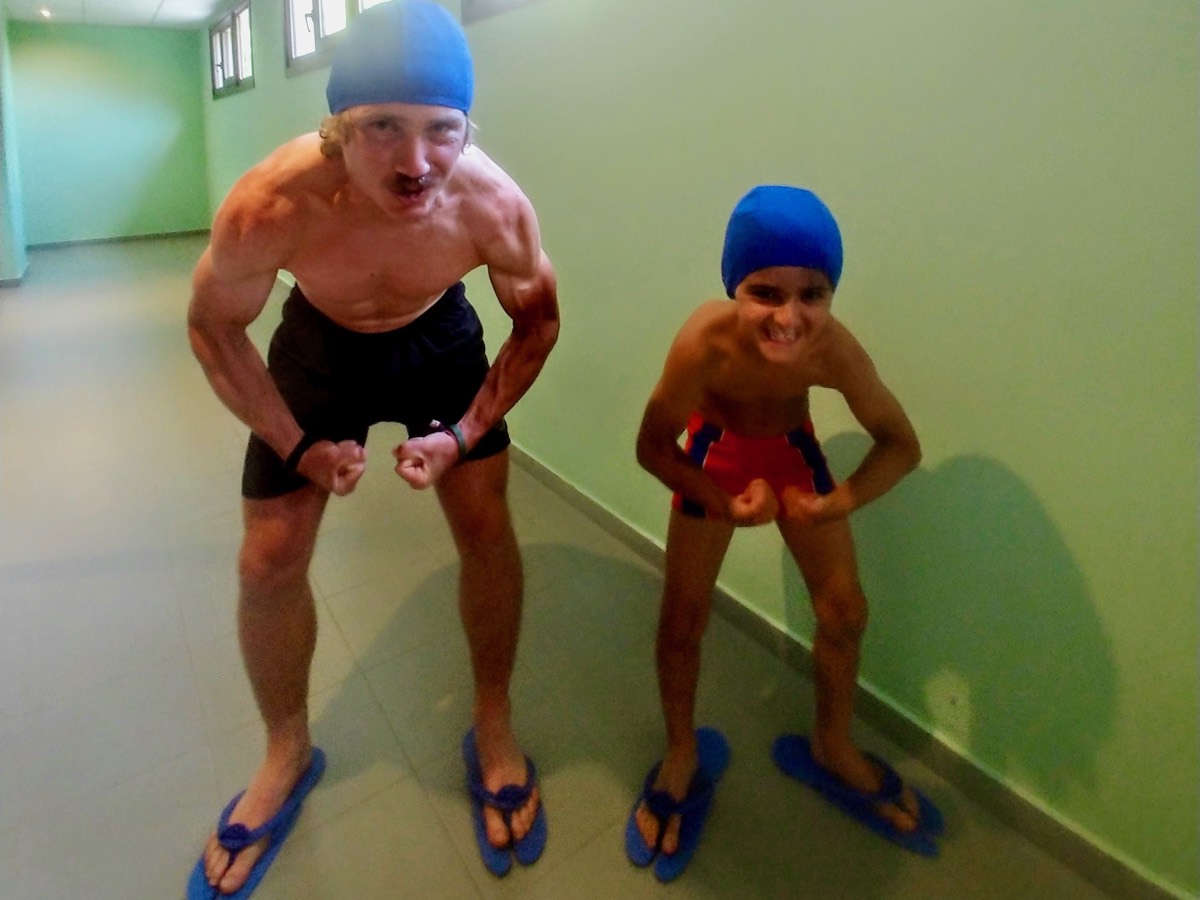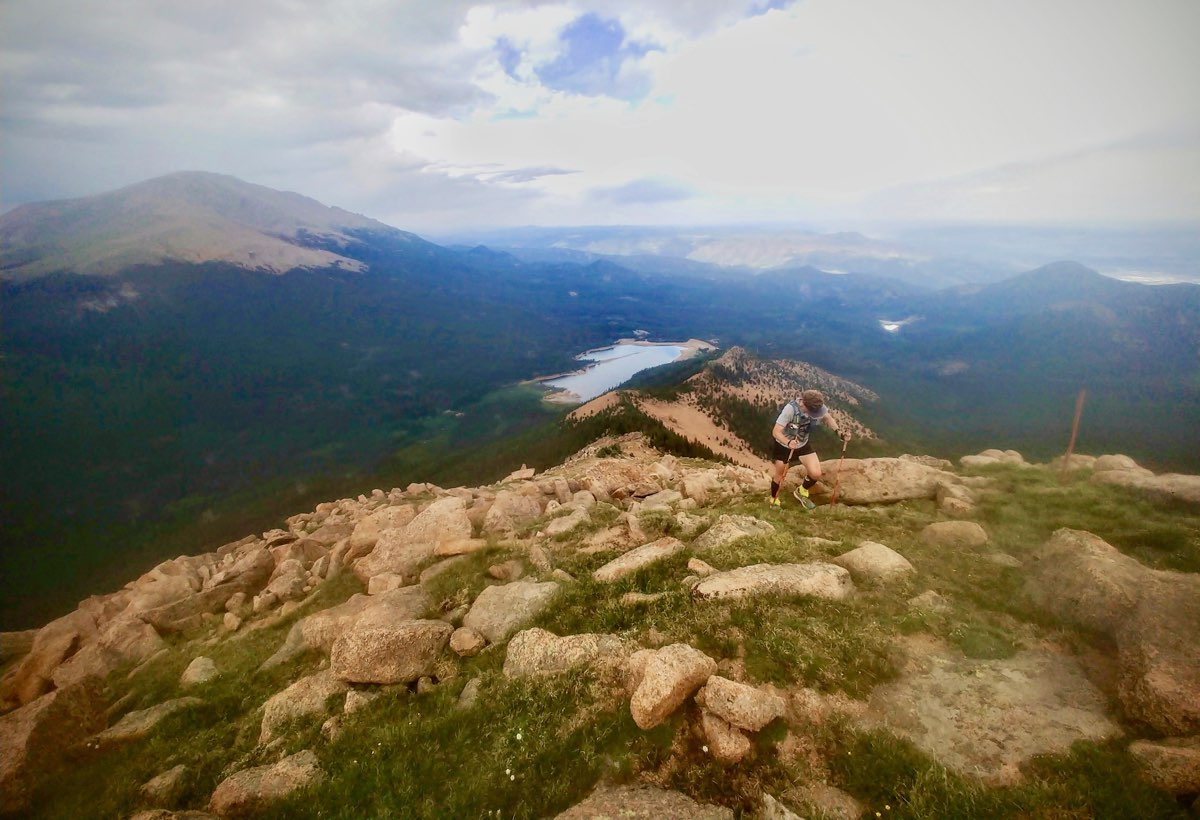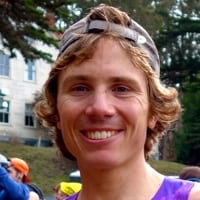Ever since I was a kid, speed has been important. Actually, let me rephrase that. Ever since I was a kid, speed has seemed important. Whether or not speed is actually important is up for debate, but the fact that humankind is obsessed with it is clear. Fast cars, fast food, fast internet, and fast payment transactions; the list could go on. When I was little, one of the places it became most evident was in sports. Whether it was physical-education class, recess, or organized sports such as soccer and track, fast was one of the best things you could be.
Growing up, I was at least somewhat fast. I was fast within my family and my small neighborhood. Then, in elementary school, I was fast enough to hold my own, but not fast enough to win gym-class sprints or make the field-day relay team. And if I won the conditioning sprints at soccer practice, the coach would have reason to suspect that my teammates were slacking off. As I got older this trend continued, though I certainly wasn’t slowing down. As the ‘pond’ of runners in which I was ‘swimming’ expanded, my fastness relative to everyone else dwindled.
This past weekend the mountain-running world got to witness a spectacular display of athleticism as many of the world’s best mountain runners took part in Sierre-Zinal in Switzerland. The 31-kilometer course boasts 2,200 meters of vertical gain, 1,100 meters of descent, and a rich 46-year history. Although the race is often competitive, this year’s was exceptionally so. The deep and diverse elite entrants list was a thing of beauty. There were runners known for their climbing, others known for their descending, and many known for their sheer foot speed. Let’s call this race a very big pond of talent.
The day of the race I awoke at Barr Camp on the side of Pikes Peak in Colorado, where I live and work, to cook breakfast for our guests. I wanted to check Sierre-Zinal results, but the power was out, meaning I would have to wait. With guests to feed and plenty to do, I waited for the solar panels to work their magic and bring the internet tubes back to life. Quite a few stacks of pancakes and several perked pots of coffee later, the power was back and I found my way onto social media to see what I had missed.
I learned that course records had been set in both the men’s and women’s races. This was remarkable considering that the event has taken place for nearly 50 years with many world-class athletes competing in it over that time span. These impressive results, however, were only the beginning. Amidst my search, I stumbled upon a bit of Internet chatter about the training men’s winner Kilian Jornet did for the race.
I generally don’t do too much creeping on other people’s training. I see bits and pieces on Instagram, but I don’t have Strava and I am rarely on Twitter, so for the most part I’m in a black hole. Maybe even a black hole covered by a rock. Hence, when I pushed that rock aside and poked my head out like Punxsutawney Phil in late winter, a few of Kilian’s workouts made my jaw drop. They were the sort of efforts that make you scratch your head and say, How does he do that?
You know what happened next? I plunged into a moment of self-doubt, thinking, I’m not doing that. I don’t even think I could do that. Maybe I should be training harder. How can I compete with these guys if I don’t come close to those kinds of times?
From the back of the pack to the front, I think it’s normal to have these sorts of thoughts. And these were mine. I understood that having them wasn’t necessarily a bad thing. What matters is what we do next once we have them.
To wallow in self-doubt and throw in the towel is a crummy next move. To recognize the fear and insecurity and then look for a positive next step is a much better one. In this moment, my thoughts drifted to the words of Dave Warth, my college track and cross-country coach. I remember it still, that day he said to me, “Your strength is your strength.” In moments like this, his words help me make my next move.
Coach Warth knew there were plenty of others in the pond who could outright run faster than me. But he also recognized that I was strong, able to hang on when things became tough or long. Sure, there were plenty of things that the other runners had that I seemed to lack. Yet there was something that I possessed that helped me to level the playing field a bit: my strength.
When I got on Twitter last weekend, saw the discussion about Kilian’s training, and felt the influx of inadequacy, I remembered past times when I’ve felt this way. I’ve stood on many start lines with guys whose short-distance running resumes blow the doors off mine. But as I’ve stood on those lines, I’ve remembered Coach Warth’s words and used them to run my own race. I possess my own sort of talent, and fortunately for me it happens to be skill that goes a long way in the bizarre sport of ultrarunning.
We all have our specific strengths, and we all have our own weaknesses. And sometimes, our strength might just help us to improve upon our weakness. For example, just because my foot speed is weak doesn’t mean that I don’t work on it. Part of getting fast is getting strong, and I spend a lot of time up here in the mountains trying to do that. Another part of getting fast is, well, running fast. This year, as I prepare for UTMB, I have put in some good, quality speedwork. It feels like it has been a while since I have really focused on that.
Down in the town of Manitou Springs below Barr Camp, the Garden of the Gods park has a dirt ‘track’ upon which I do intervals. The loop, which is actually a trail, is slightly rolling and very runnable. The meadow it encircles is beautiful, the red rocks surrounding it are inspiring, and the majestic Pikes Peak rising in the distance is quite the sight.
Overall, it’s a spectacular place, and I’ve really enjoyed training there about once a week. Pumping the arms and legs, heaving the lungs, and watching the earth move swiftly beneath my feet, that feels good. I move with purpose, embrace both my strengths and weaknesses, and strive to make myself better. The greater running world in general and the UTMB starting line specifically are pretty big ponds, and it’s a fun and worthy endeavor to try and arrive to them as the best version of my own unique self.
Call for Comments (from Meghan)
- What is your running weakness? And what are your strengths? How do you use your strengths to improve where you are weak?
- Do you compare yourself with your running peers in a productive or destructive way? How do you keep a balanced approach to acknowledging your peers but staying the course with your own running?


